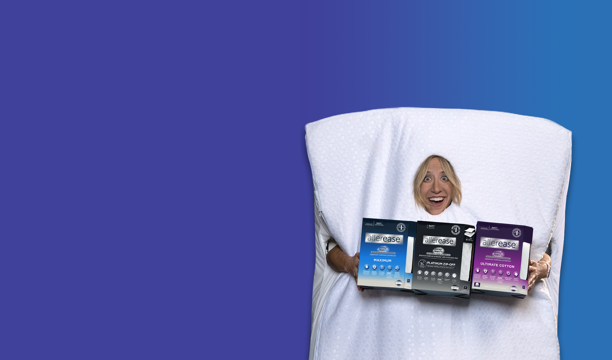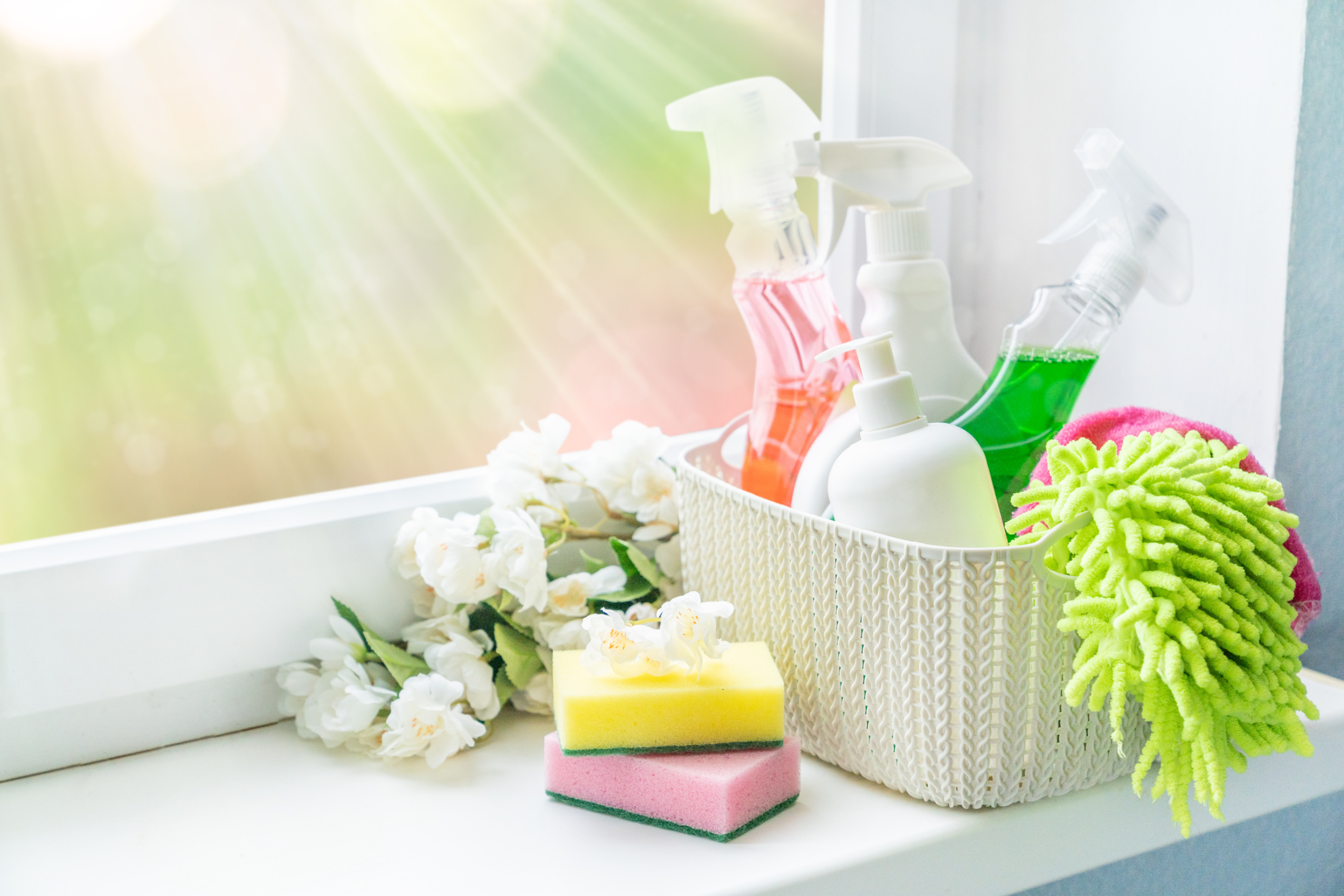
6 Allergen-Trapping Tips for Spring Cleaning
“Did you know Americans spend approximately 90% of their time indoors*** where allergens are ever present in the air and on surfaces?”
“Did you know Americans spend approximately 90% of their time indoors*** where allergens are ever present in the air and on surfaces?”
Summary:
- Nearly 8 in 10 Americans participate in spring cleaning
- The annual ritual can aggravate allergy symptoms
- Minimizing dust and “dust traps” through cleaning can help
Spring cleaning is an annual routine practiced by 78% of Americans* and while maintaining a clean home is important for all, this spring ritual can be bad news for allergy sufferers since it often stirs up dust mites and other allergens. For those with allergies, taking measures to mitigate exposure to dust and other irritants when tackling spring cleaning may help reduce severity of symptoms.
What Allergens are Lurking Indoors?
According to the United States Environmental Protection Agency, Americans spend approximately 90% of their time indoors where allergens are ever present in the air and on surfaces. Whether it’s pets shedding dander, pollen getting tracked in on shoes and clothes, dust mites making their homes in plush surfaces or bed bugs penetrating bedding, there are many contaminants that can negatively affect your indoor environment.
Why Is Spring Cleaning Important for Allergy Sufferers?
Spring cleaning is especially important if you or your family suffer from allergies as it can decrease the amount of triggers throughout the home and reduce the potential for dangerous flare-ups. Luckily, there are simple steps allergy sufferers can take to thoroughly spring clean while mitigating exposure to irritants.
How Can You Tackle Spring Cleaning and Allergens?
1. Don’t Let Triggers Build Up: Start at the source by removing clutter that easily attracts dust such as books, magazines and unnecessary decorative items. If pet dander contributes to your allergies, be sure to bathe your furry friend weekly and keep them groomed to limit the amount of dander in your home.
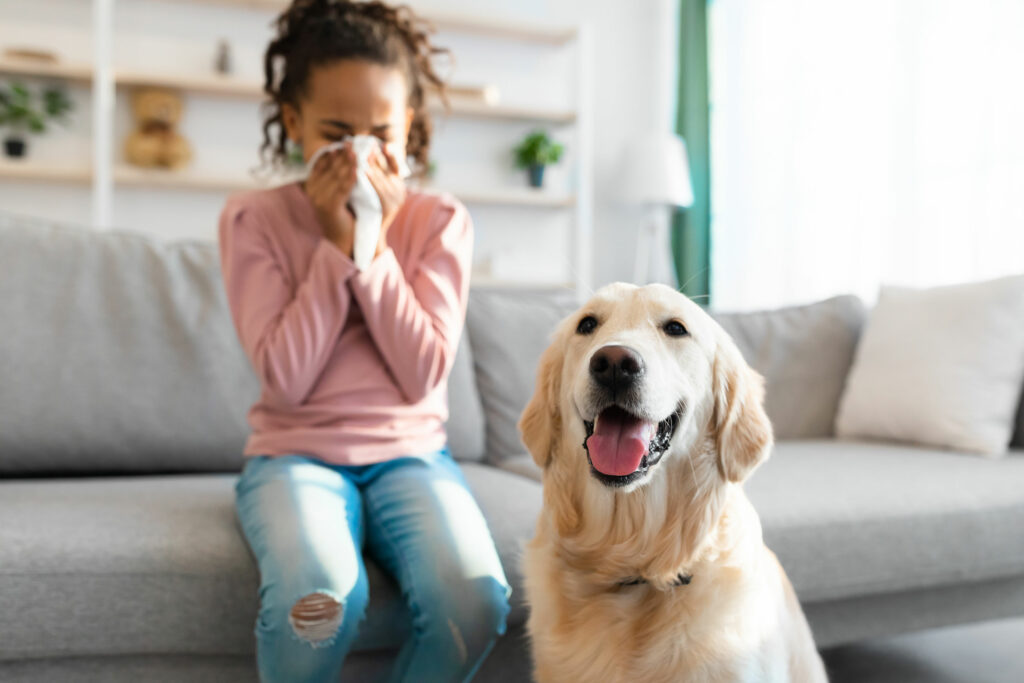
2. Remove Dust and Pollen: Dust surfaces, fans, and windowsills to reduce dust and dust mites. Wash and sanitize hard surfaces, but be sure to avoid harsh cleaners that can trigger allergy symptoms. Mop hard floors and thoroughly vacuum carpet to minimize irritants that may not be visible to the everyday eye. Wipe down walls (yes, seriously!) as these surfaces collect dust and are often neglected during routine cleanings.
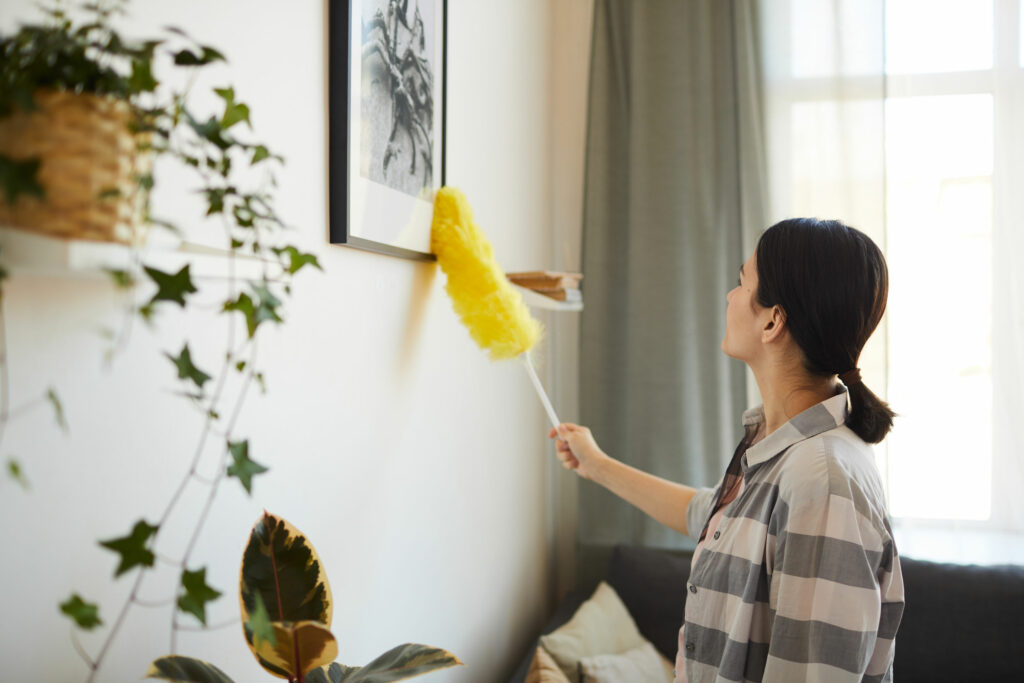
3. Wash Linens: Be sure to use washable bedding, rugs, and curtains whenever possible. Aim to wash sheets, pillowcases and blankets in water 130°F or hotter** weekly. Encase pillows and mattresses with allergen-barrier bedding such as AllerEase to prevent the buildup of allergens throughout the year.
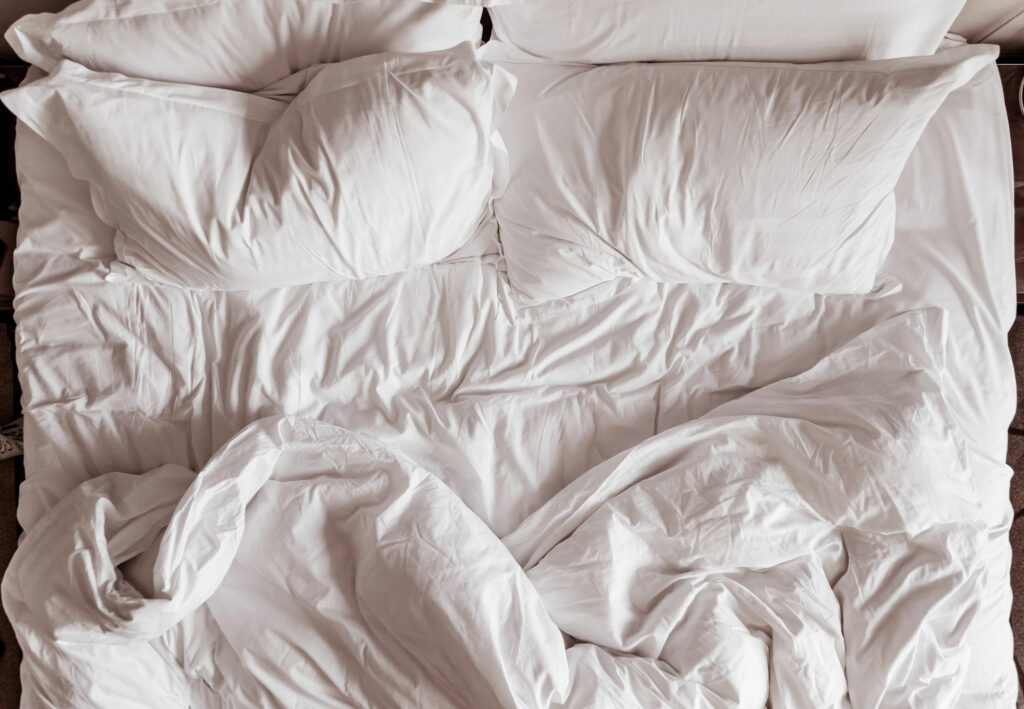
4. Address Mildew and Mold: Thoroughly clean any area of the home prone to mold and mildew, paying particular attention to the kitchen and bathroom where heat and moisture can help mold thrive.
5. Improve Indoor Air Quality: Exposure to poor indoor air quality can have negative effects on overall health, especially for those who suffer from allergies. Consider using a high-performing air purifier to remove airborne allergens and reduce VOCs. Replace air filters as part of your spring cleaning routine and every 3-6 months thereafter.
6. Mask Up for Dirty Jobs: Face masks are surprisingly effective at preventing the inhalation of allergens and irritants while spring cleaning, so you can reap the benefits of a clean home without huffing sniffle-inducing particles. Some allergists even recommend sensitive groups wear them outdoors on high pollen days.
While spring cleaning will improve your home’s indoor environment, taking careful steps to prevent exposure to dust and other irritants while you clean may reduce your risk of developing allergy symptoms when you do.
References:



